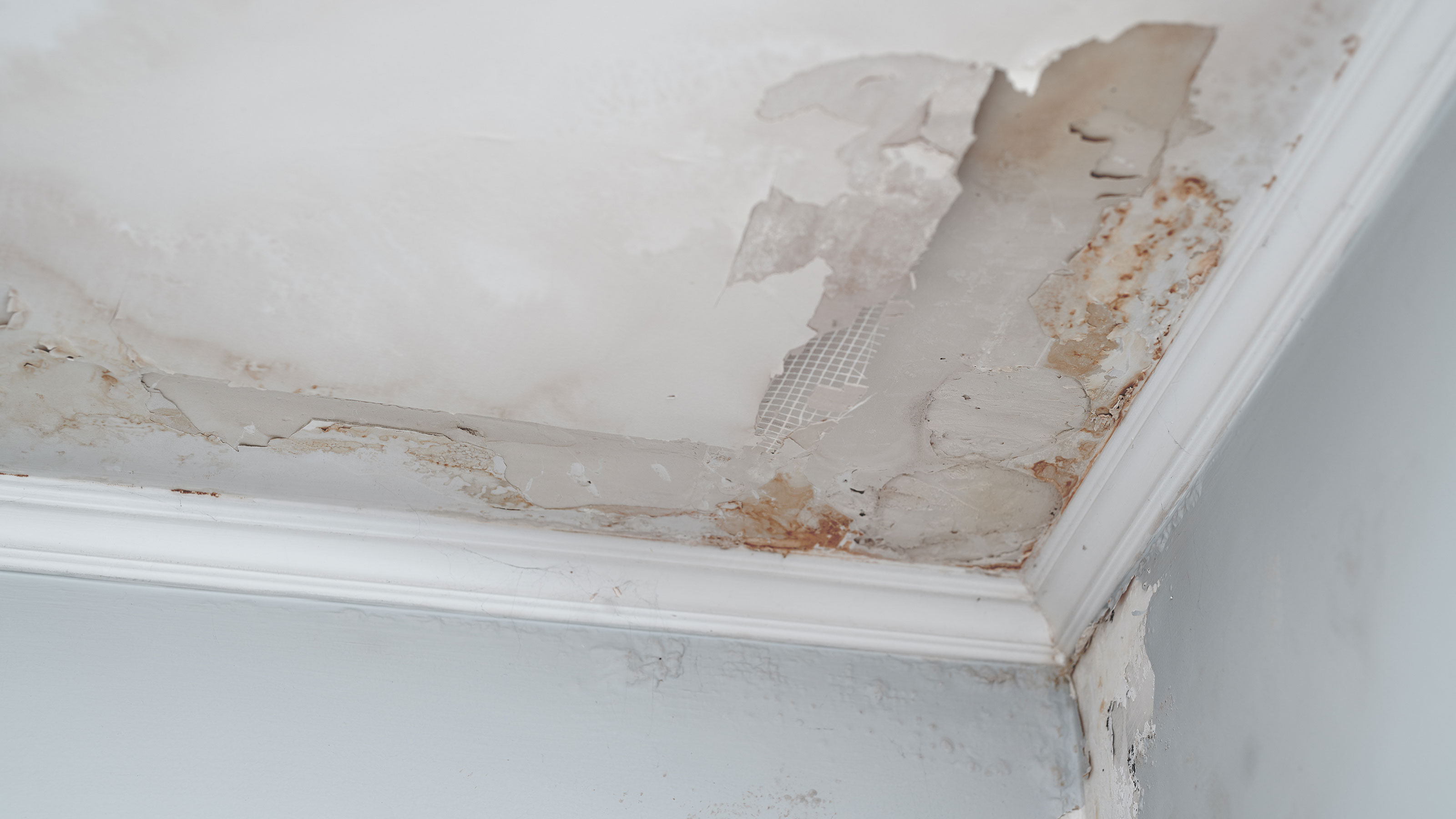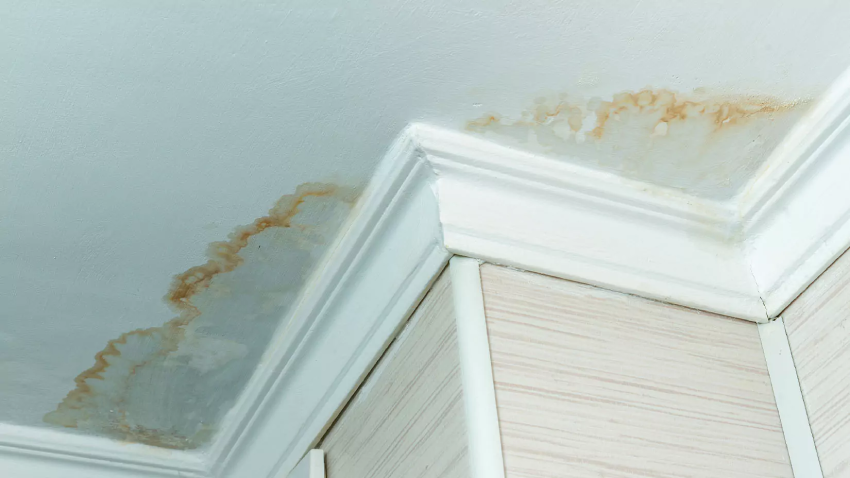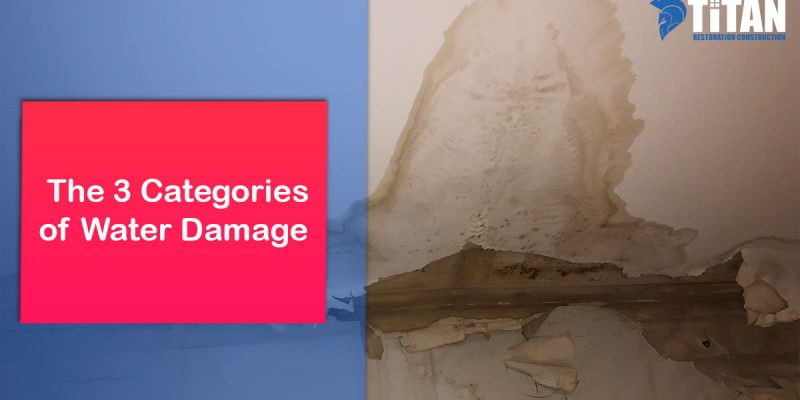Water Mitigation Company with Proven Track Record of Success in Restoration
Water Mitigation Company with Proven Track Record of Success in Restoration
Blog Article
The Process of Water Damage Cleanup: Guaranteeing Your Home Is Brought Back Properly
Water damage can be a daunting obstacle for house owners, requiring a structured and careful clean-up procedure to bring back safety and functionality. damage restoration services. Following this, efficient water removal strategies play a critical duty in reducing further damage.
Assessing the Damage
Upon discovering water damages, the initial action is to thoroughly assess the extent of the influence. This preliminary evaluation is crucial, as it aids establish the needed steps for effective clean-up and repair. Begin by inspecting the influenced locations, including wall surfaces, ceilings, floorings, and individual possessions, to identify the source of the water intrusion, whether from flooding, leakages, or condensation.
Documenting the damages is crucial for both insurance cases and preparing reconstruction initiatives - damage restoration services. Usage photographs and created notes to capture the severity of the damage, noting any type of affected structural aspects and products. Pay special focus to areas that might not be promptly noticeable, such as behind walls and under carpetings, as concealed wetness can cause additional difficulties, including mold growth
Additionally, analyze the timeline of the water direct exposure. The longer the materials remain wet, the better the possibility for damage. Comprehending the period of direct exposure will certainly inform the seriousness of remediation initiatives. Eventually, a detailed evaluation prepares for an effective water damage clean-up process, ensuring that all affected areas are attended to efficiently and completely.
Water Extraction Strategies

Professionals commonly employ submersible pumps for larger quantities of water, which can rapidly alleviate flooding in cellars or other affected areas. For smaller sized amounts, wet/dry vacuums are usually utilized to draw out residual moisture from carpetings and hard surface areas. In addition, using mobile extractors permits targeted removal in restricted areas or locations with fragile products.
In circumstances of polluted water, such as sewage or floodwater, advanced extraction strategies may entail making use of biohazard tools to ensure security and conformity with health and wellness laws. High-powered removal tools are important in minimizing water retention in structural products, which can cause mold and mildew development and architectural wear and tear if not resolved immediately.
Ultimately, the performance of water extraction methods plays a critical duty in the general success of the water damage cleanup procedure, preparing for succeeding repair efforts.
Drying and Dehumidification
Once standing water has actually been successfully drawn out, the following essential phase in the water damage clean-up procedure is drying out and dehumidification. This action is vital to prevent additional damage and mold development, which can occur within 24 to two days in damp environments.
To attain reliable drying, specialized devices such as industrial-grade air movers and dehumidifiers is used. Air movers circulate air throughout wet surface areas, boosting dissipation prices, while dehumidifiers minimize moisture degrees in the air, promoting a helpful atmosphere for drying. The mix of these devices ensures that dampness is extracted from walls, floors, and furnishings, permitting them to completely dry completely.
It is crucial to keep an eye on the drying out process carefully. Professionals usually make use of moisture meters to analyze the dampness content in numerous products, guaranteeing that all impacted locations get to appropriate dry skin degrees. This careful strategy click here to find out more assists to stop hidden moisture pockets that might bring about structural damage or unhealthy mold and mildew growth.

Cleaning and Disinfecting
After the drying and dehumidification stage is full, the next important step in water damages clean-up is cleaning up and disinfecting the influenced locations. This procedure is essential to stop the growth of mold and mildew, germs, and various other microorganisms that prosper in wet atmospheres.
The cleansing phase usually includes removing any click reference particles, dirt, and contaminants from surfaces making use of specialized cleaning agents. For difficult surface areas, a mix of soap and water or industrial cleaning products is often used. Soft products, such as furniture and carpets, may call for a lot more extensive cleaning approaches, consisting of steam cleansing or deep removal techniques, to make certain detailed cleanliness.

Sanitizing adheres to cleansing, using EPA-approved anti-bacterials to get rid of harmful microbes. This step is essential, specifically in areas that might have entered contact with floodwaters or sewage, as these resources can pose severe health risks.
Additionally, it is important to attend to any staying smells, which may require using smell neutralizers or sophisticated techniques like ozone therapy. Proper cleaning and disinfecting not only recover the security and health of your home but likewise lay the foundation for successful remediation and repair work in succeeding phases of the water damage clean-up procedure.
Repair and Repairs

When the assessment is full, remediation efforts can start. Furthermore, flooring might need comparable interest, depending on the level of water direct exposure.
It is important to engage knowledgeable repair specialists during this procedure, as they have the competence to manage complicated repairs efficiently. image source They can assist minimize potential future problems, such as mold development or architectural instability, therefore ensuring a risk-free and habitable living atmosphere. Ultimately, effective remediation and fixings bring back the home's honesty and enhance its general worth.
Final Thought
To conclude, the process of water damages cleanup is important for restoring a home to its pre-damage condition. Each stage, from assessing the damage to carrying out effective water removal strategies, complied with by detailed drying, sanitizing, and needed fixings, plays a vital duty in ensuring safety and compliance with building standards. Reliable execution of these steps not only minimizes immediate damage but likewise improves the long-lasting honesty and worth of the residential property.
Water damages can be a challenging difficulty for house owners, requiring a structured and thorough cleaning procedure to bring back safety and functionality. Eventually, a thorough analysis lays the foundation for an effective water damage cleaning procedure, guaranteeing that all affected areas are addressed effectively and completely.
Effective water removal methods are necessary in reducing damage and protecting against additional problems adhering to a water breach occasion.In conclusion, the procedure of water damage cleaning is important for restoring a home to its pre-damage condition. Each stage, from assessing the damages to executing reliable water removal methods, adhered to by extensive drying, sterilizing, and necessary fixings, plays a crucial function in ensuring security and compliance with building requirements.
Report this page